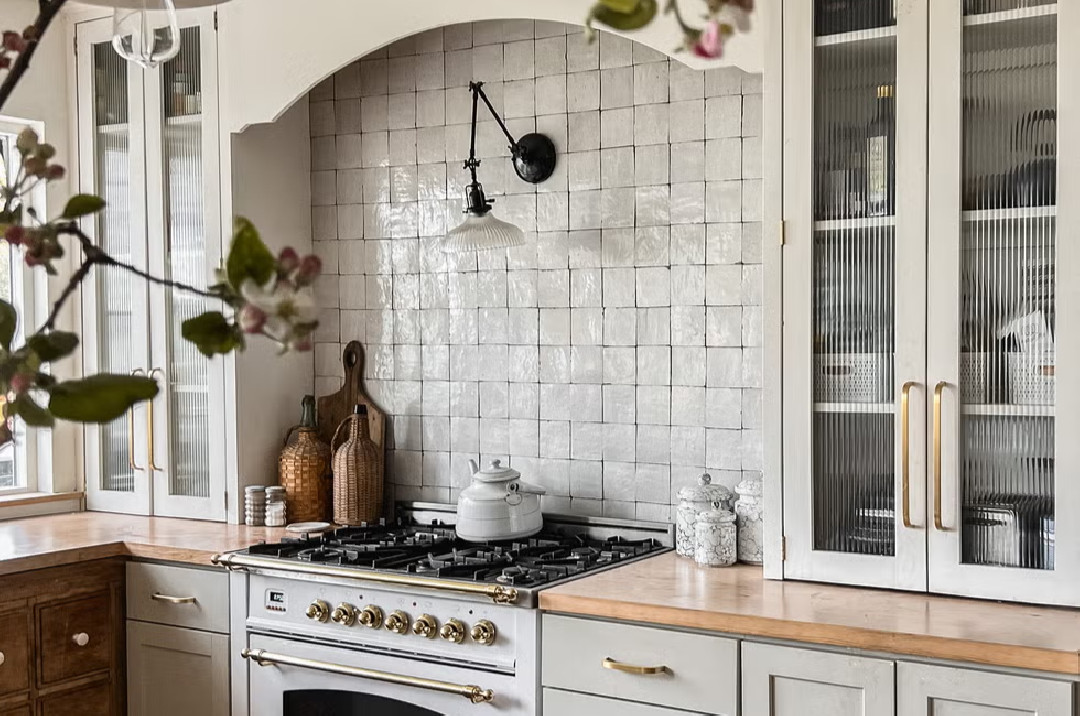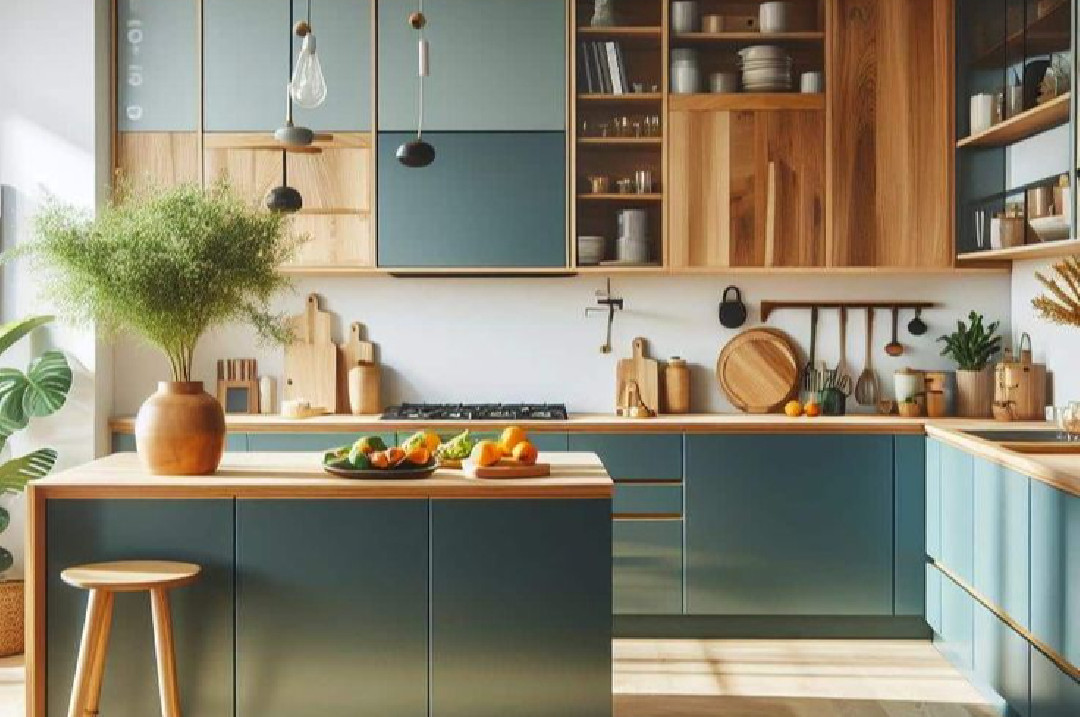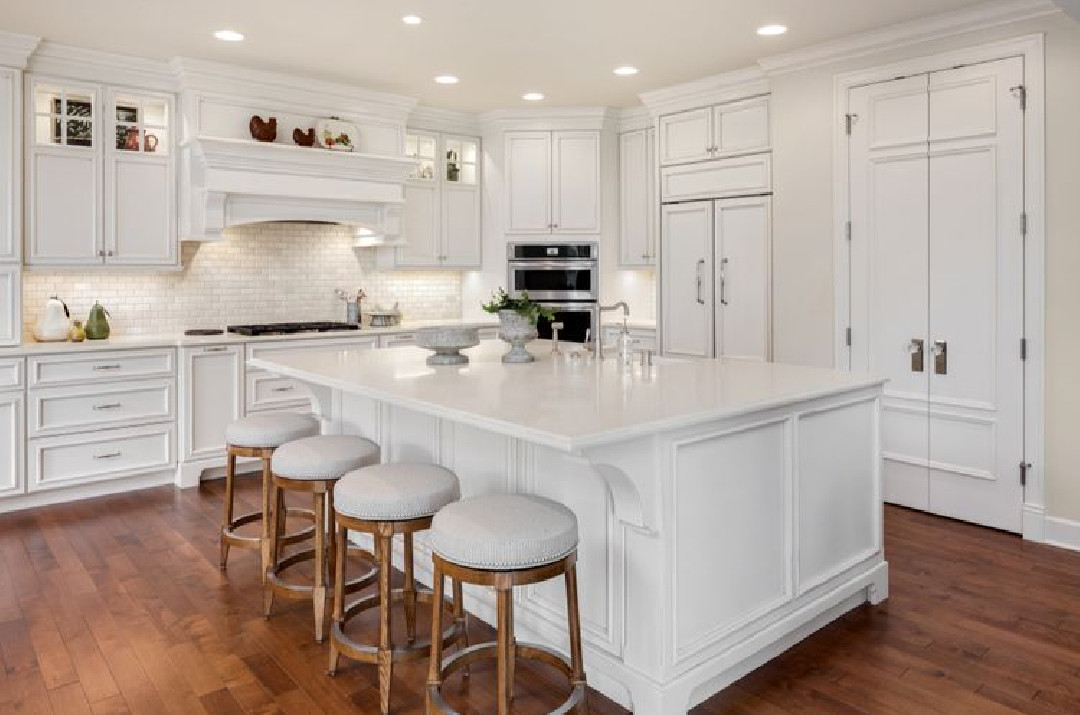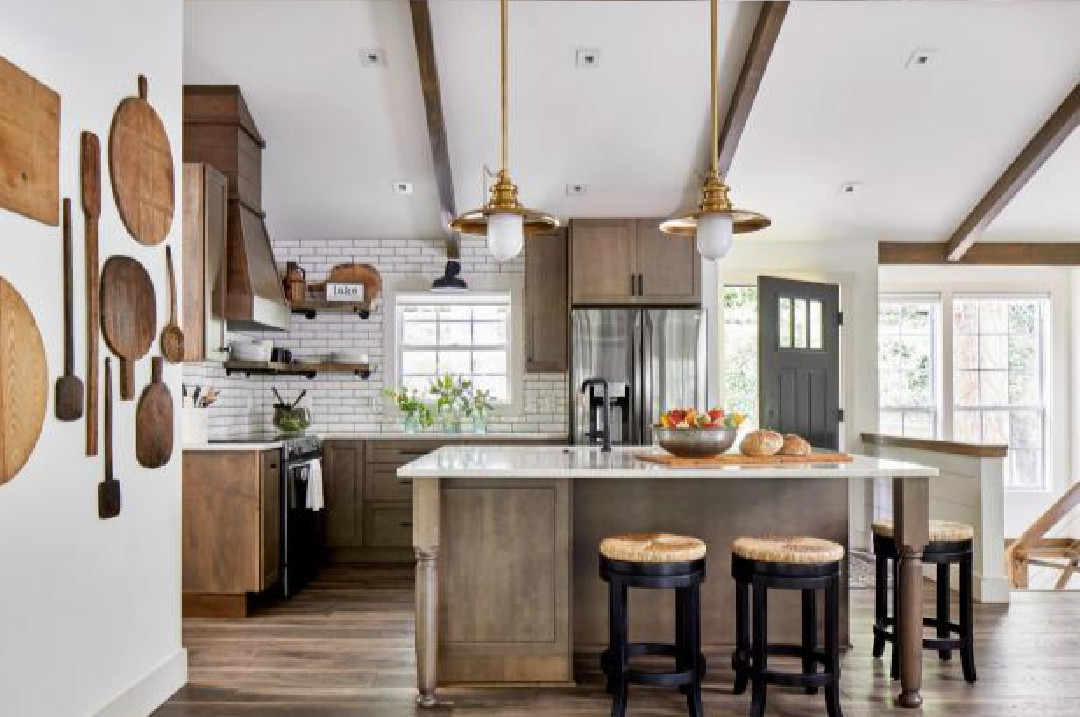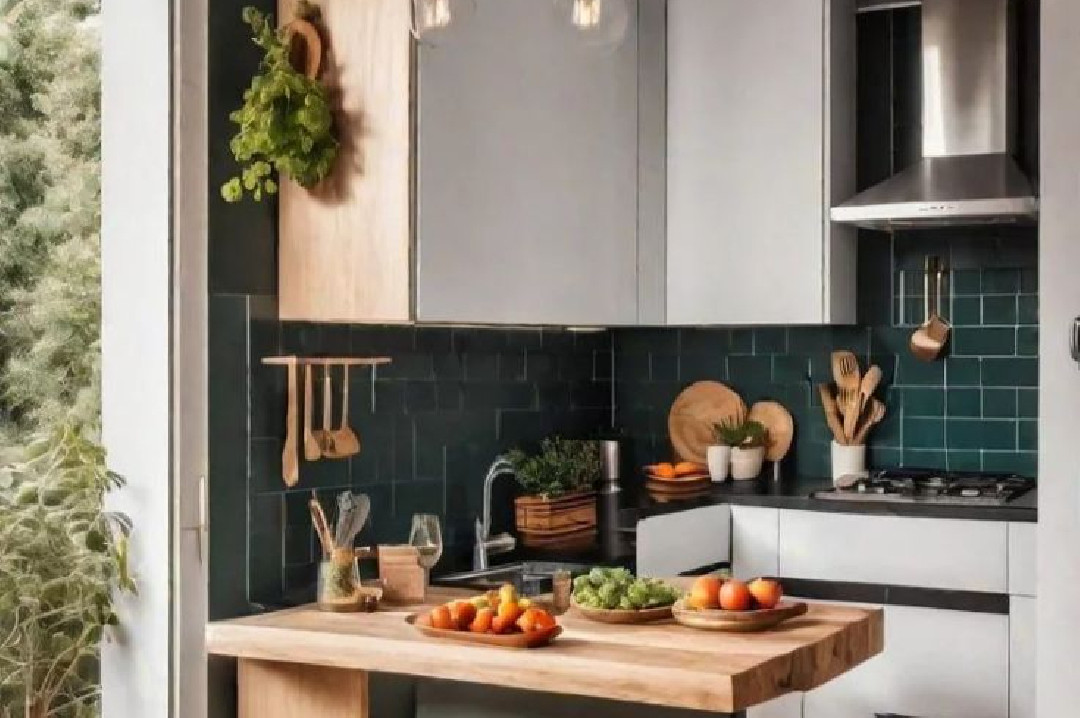Maximizing Kitchen Lighting for a Brighter Space
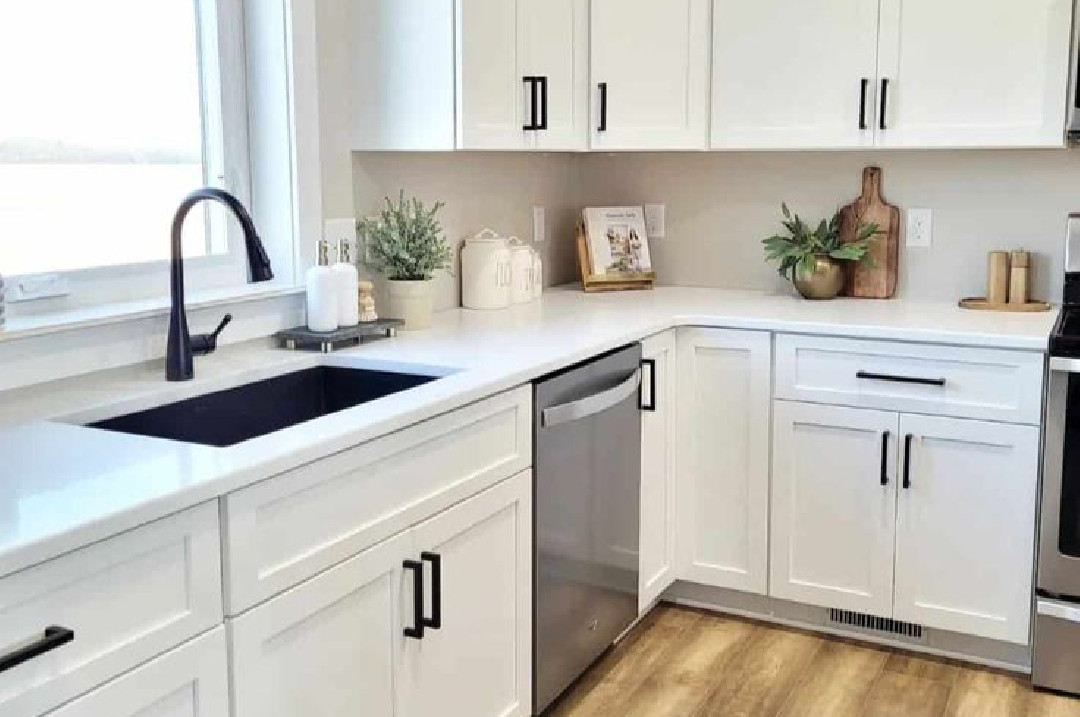
Lighting is one of the most crucial elements in kitchen design. It not only affects the aesthetics but also the functionality and comfort of the space. A bright and well-lit kitchen is not only more enjoyable to use, but it’s also safer, as work areas like countertops, stoves, and sinks become more visible.
1. Utilize Natural Lighting
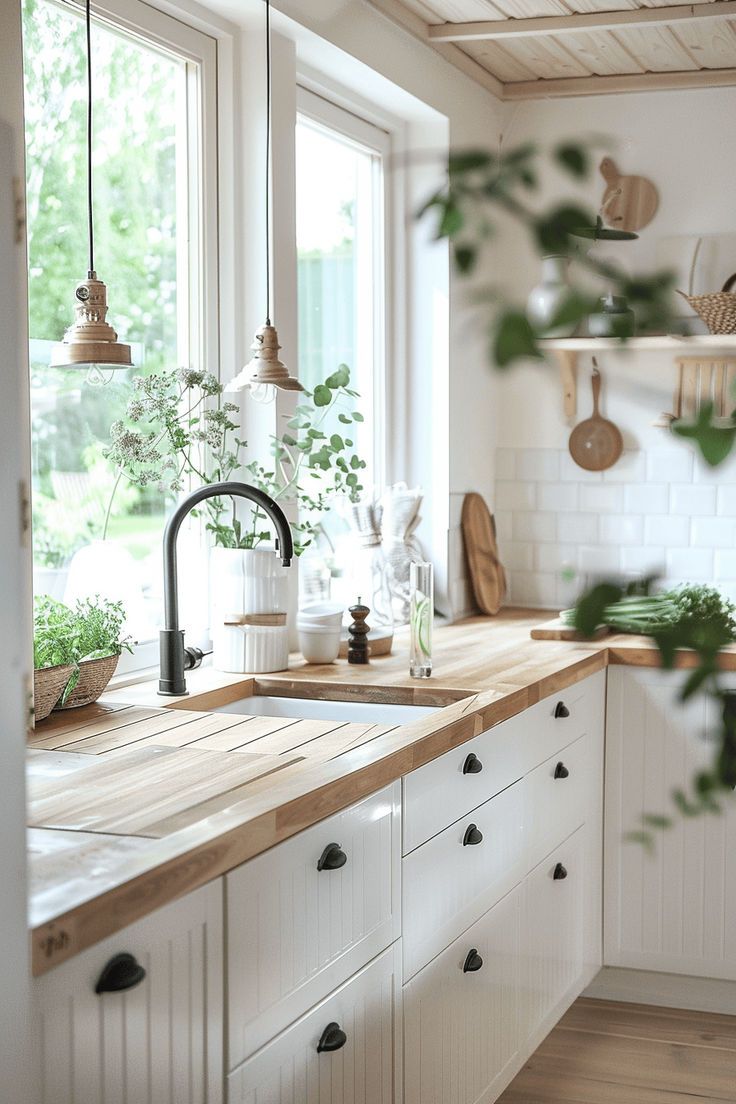
Natural light is the best source of illumination for a kitchen. If possible, maximize the amount of light entering your kitchen through windows or glass doors. Large windows facing the outdoors will bring sunlight into the space, making the kitchen feel more open and lively. If space permits, consider installing a skylight or glass ceiling to add natural light from above.
To maintain privacy without sacrificing light, use sheer curtains that allow light to pass through while protecting from outside views. Another option is to use frosted or opaque glass, which lets light in while providing additional privacy.
2. Choose Light Colors for Walls and Cabinets
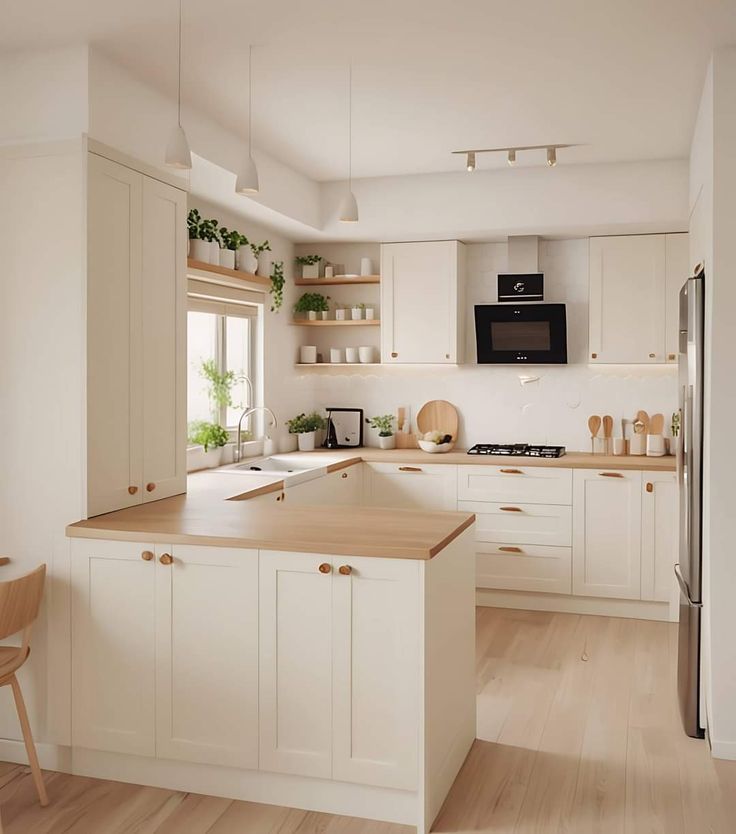
Color plays a significant role in how light interacts with a space. Light colors, such as white, cream, or light gray, reflect more light than dark colors. Walls and cabinets in light colors will help distribute light throughout the room, making the kitchen feel more spacious and bright.
If you want to add a bit of color, choose accents in pastel or other light hues that are not too dominant. Avoid using dark colors for large surfaces, such as walls or cabinets, as they can absorb light and make the space feel smaller and gloomier.
3. Use Task Lighting

Task lighting is designed to illuminate specific areas where particular activities are performed, such as chopping, cooking, or washing. This type of lighting is crucial in the kitchen as it helps reduce shadows and ensures that every corner of the kitchen has adequate light.
Under-cabinet lighting is one of the most effective forms of task lighting. These lights are installed under upper cabinets, directly above the countertops, and provide direct illumination to the work area. Another option is to use pendant lights above the kitchen island or dining table, which can provide additional light while adding a decorative element.
4. Choose Effective Ambient Lighting
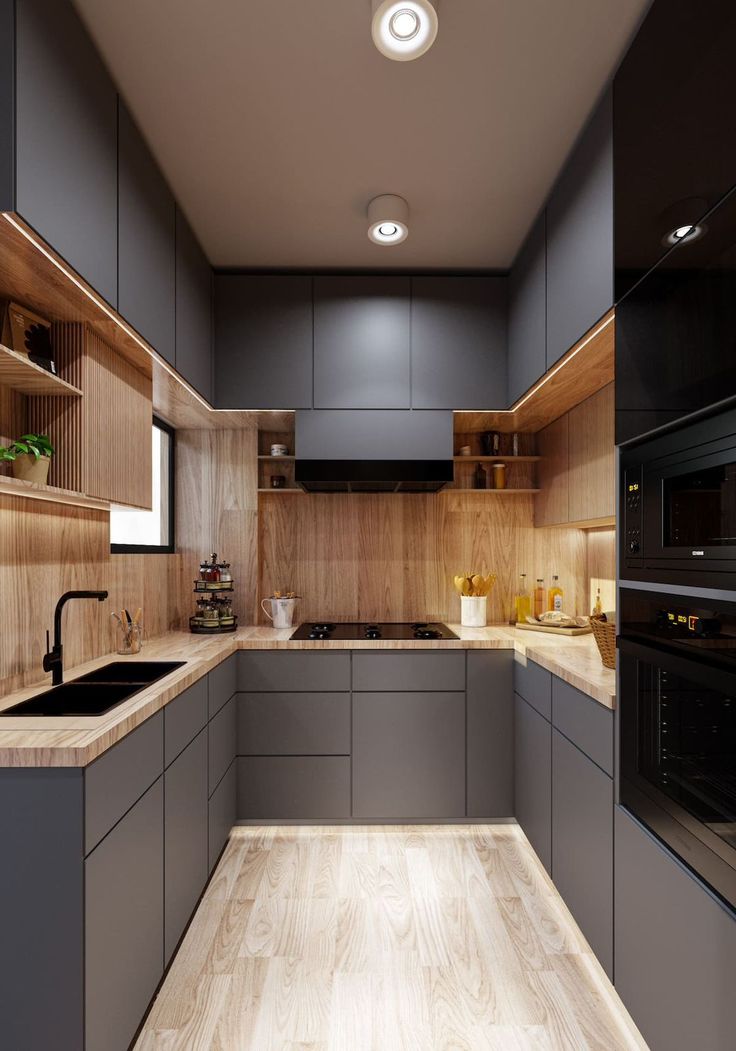
Ambient lighting is the primary lighting that illuminates the entire room. In the kitchen, this lighting typically comes from ceiling fixtures, such as flush-mount or semi-flush-mount lights. For larger kitchens, you may need multiple light sources to ensure even light distribution.
Use LED lights with the right color temperature to create the desired atmosphere. Lights with a color temperature of around 2700K-3000K (warm white) are suitable for creating a cozy and inviting atmosphere, while lights with a higher color temperature, around 4000K-5000K (neutral white or bright white), can make the kitchen feel more modern and energetic.
5. Add Accent Lighting for Dramatic Effects
Accent lighting is used to highlight specific features in the kitchen, such as a backsplash, open shelves, or artwork. While not essential for functionality, accent lighting can add dimension and visual depth, giving your kitchen a more attractive and elegant finish.
LED strips or wall sconces are good choices for accent lighting. You might also consider using lights inside glass cabinets to showcase decorative items or a collection of dishes.
6. Reflect Light with Glossy Surfaces
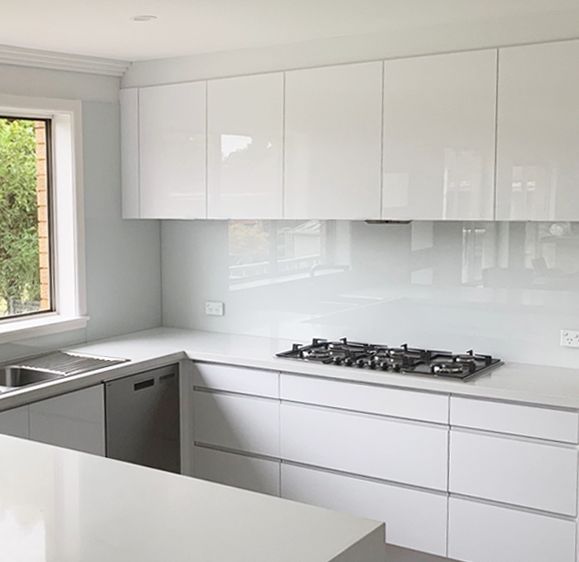
Glossy surfaces, such as polished stone countertops, glass backsplashes, or glossy ceramic floors, can help reflect light in the kitchen, making the space feel brighter. These surfaces work in tandem with natural and artificial lighting to distribute light more evenly throughout the room.
However, it’s important to note that too many glossy surfaces can make the kitchen feel cold or overly clinical. Therefore, balance them with matte textures or wooden surfaces to maintain a warm and inviting atmosphere.


